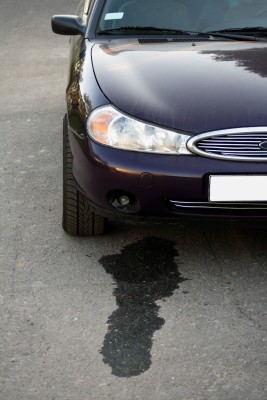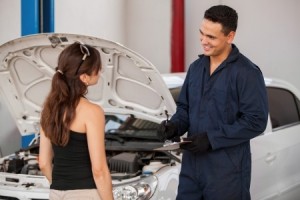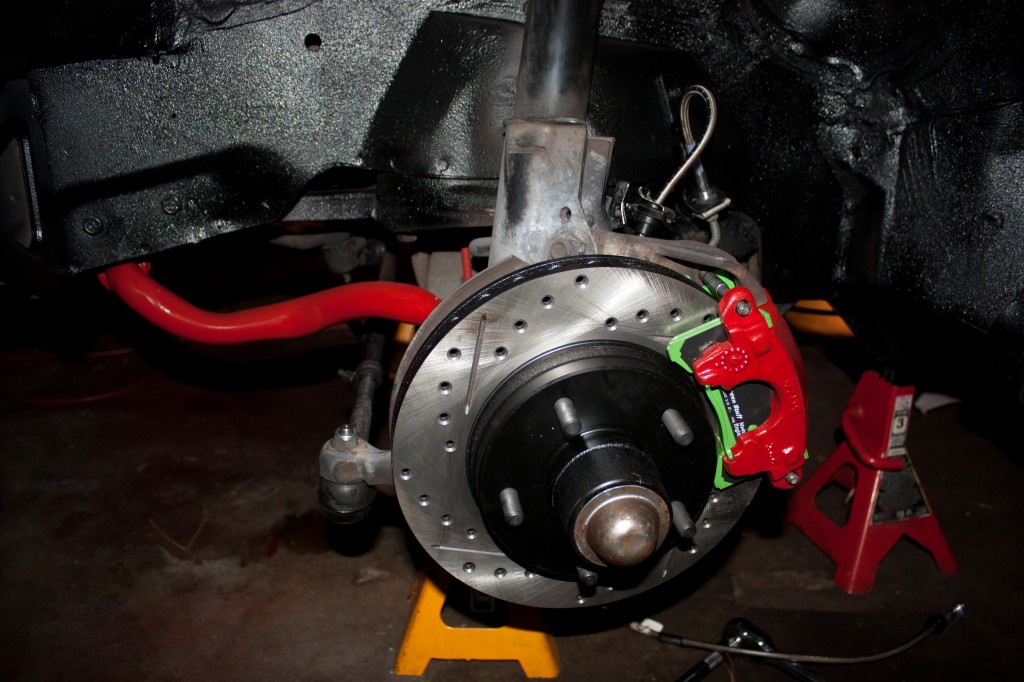 To a car owner, there are few worse feelings than noticing a puddle of liquid underneath your car. Obviously something in your car is leaking, but just how big of a concern is the dripping fluid? Today, we take a look at some of the more common leaks that occur in your vehicle.
To a car owner, there are few worse feelings than noticing a puddle of liquid underneath your car. Obviously something in your car is leaking, but just how big of a concern is the dripping fluid? Today, we take a look at some of the more common leaks that occur in your vehicle.
Common Car Leaks
Looking at the color of the puddle is one of the easiest ways to determine what’s leaking from your vehicle. Here are a couple of colors to look for.
Yellowish/Green – This is an indicator of a problem with your coolant or antifreeze. If your car can’t adequately stay cool, it could lead to major car problems down the road. This liquid could also be pink in color.
Light Brown/Black – This is a sign of an oil leak, and it may be coming from a variety of different places. It could be a sign of problems with your oil gasket, oil filter, oil coolant line or with your oil pressure.
Reddish Brown and Thin – This is a sign of a leak in your power steering, and time is your biggest enemy against a power steering leak. As cars age, you could spring a leak in your O-rings and seals. Simply replacing these seals can solve this problem.
Reddish Brown and Thick – A thick reddish stain is an indication that there’s a leak in your transmission. This is another issue that can cause serious problems if left untreated, so call a mechanic right away if you see a thick reddish substance under your vehicle.
Clear/Gray/Brown – This likely means their is a problem with your brake fluid, and can inhibit your ability to stop. Again, address this issue immediately.
Clear – A clear leak could also indicate that water is dripping from the radiator. If you just got back from a drive and you were running the air conditioner, the water could just be condensation from your radiator. If there’s a significant leak and you weren’t running your AC, you’ll want to swing into a mechanic.





